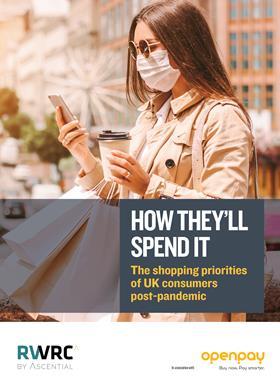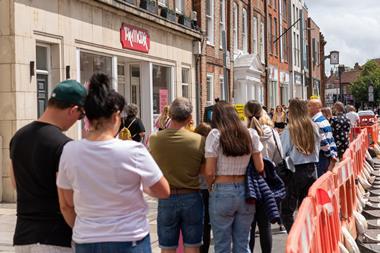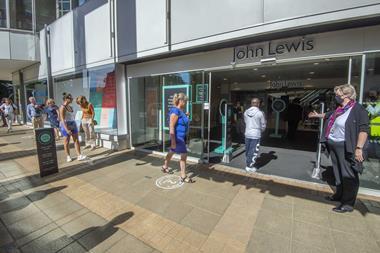PROMOTIONAL RESEARCH
Consumer habits are changing faster than ever. Little more than a third of Brits expect to shop as they did before in the next 12 months, according to Retail Week’s new report How They’ll Spend It.
Understanding customers and their changing needs will be front of mind for any retail chief, particularly with a recession looming.
Based on our in-depth research, conducted in association with Openpay, here are five ways to engage with customers and increase spend in these challenging times.
Multichannel excellence
Investment in online and multichannel growth strategies was already a priority before the pandemic, but it is even more critical now.
Ecommerce has provided a lifeline for many consumers over the past few months, with 48% agreeing that they are now shopping more online than previously and 36% expecting this to continue during the next 12 months.

Considering new as well as existing customers
Retailers’ multichannel strategies would benefit from considering those that may be new to online shopping.
Many over-55s began shopping online for the first time out of necessity during the lockdown, but told us that they now expect this behaviour to continue.
In addition, 35% of shoppers switched to using different retailers, presenting an opportunity for businesses to nurture these newer customers and retain their loyalty.
Safe but inspirational in-store execution
During lockdown, 53% of consumers missed the experience of going shopping, according to our research, citing the social aspect, browsing and bargain-hunting as the elements they missed the most, along with specific retailers such as Primark.
With socially distanced shoppers encountering barriers such as one-way systems and queuing, they need to be rewarded for their efforts with an inspirational and frictionless experience that persuades them to stay and spend.
Insight into ways that retailers are already doing this can be found here.
Local and sustainable products taking centre stage
Shoppers have evidently become more mindful of how they spend and, with budgets restricted, will largely be seeking value for money.
44% of consumers are now prioritising shopping more sustainably
However, other aspects, such as sustainable products and local sourcing, were also called out as priorities for the shoppers we surveyed, and these are important differentiators.
Nearly half (44%) of consumers are now prioritising shopping more sustainably, and 49% have started shopping with independent retailers.
Convenient payment solutions
One of the biggest changes to in-store shopping has been the move to cashless payments, a priority for retailers and also consumers.
Just 27% of consumers now expect to use cash to pay in store, compared with 63% before lockdown. Digital and in-app payments are increasingly being introduced, providing convenience for shoppers while minimising the risk of infection.
The most squeezed shoppers are those in the 25-34 age group. As they reconsider their priorities, we can expect to see an acceleration in the introduction of buy now, pay later solutions by retailers to help consumers responsibly spread their payments.
Retailers have demonstrated incredible agility and innovation to deliver for customers throughout these challenging times. Building on this momentum will be a huge differentiator for future success.
You can access our full data-rich report, including insight on spending habits by category and age demographics, by clicking here.
































No comments yet